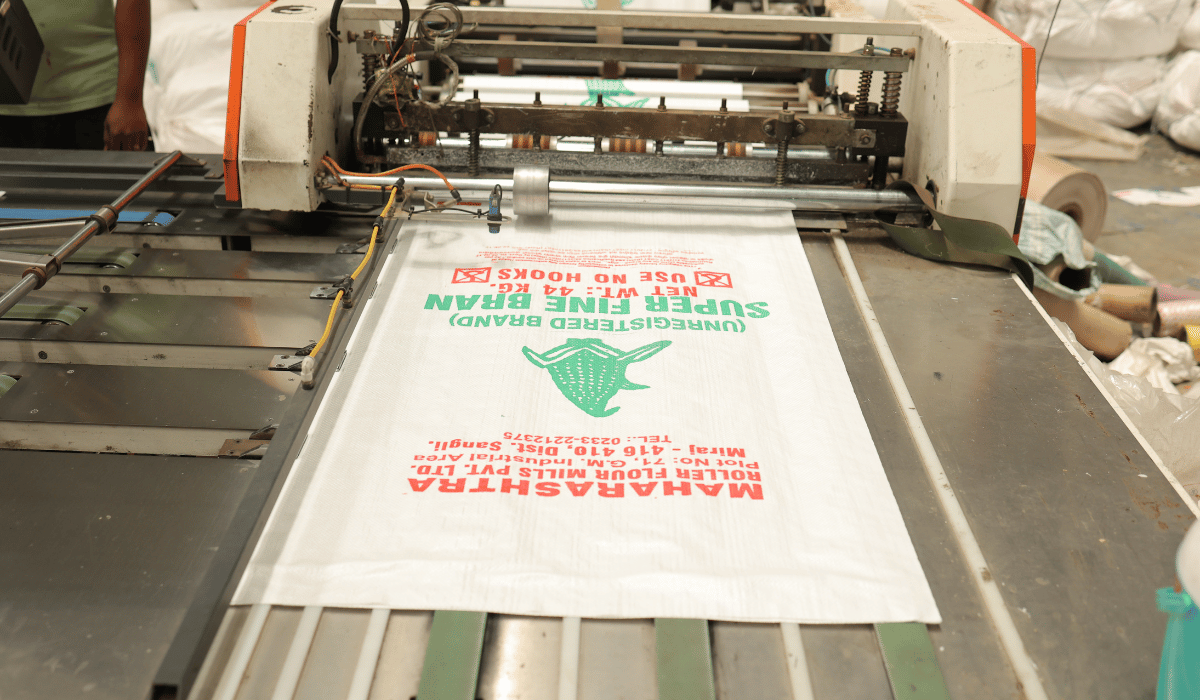HDPE Tarpaulin
![]()
Tarpaulins: The Versatile Protectors
Tarpaulins, or tarps for short, are large sheets of tough and flexible material that shield against the elements. Traditionally made from cotton canvas, modern tarps leverage the strength and weather resistance of nylon and polyester fibres.
What do tarpaulins protect?
Tarps are incredibly versatile and find use in a wide range of applications, including:
- Rain Protection: From sheds and storage units to trucks, boats, and construction sites, tarps offer a reliable barrier against rain.
- Storage and Transportation: Tarps keep your belongings dry and secure during transportation or storage, covering lumber, grain, and other materials.
- Temporary Shelters: Tarps can be used to create makeshift tents or groundsheets for camping or emergency situations.
Types of Tarpaulin Materials:
Today’s tarpaulins come in various materials, each with its own advantages:
- Polyethylene (HDPE): Also known as laminated or plastic tarps, these offer excellent waterproof protection and are widely used.
- Cotton Canvas: Traditionally the go-to choice, cotton canvas is still preferred for its breathability and durability.
- Jute: A natural and eco-friendly material, jute tarps are gaining popularity for specific applications.
The Shift from Canvas to Modern Materials:
While cotton canvas was the historical material for tarps, advancements have led to a shift:
- HDPE woven and laminated fabrics: These provide superior water resistance, making them ideal for most applications.
- Polyethylene sheets: Lightweight and affordable, these offer a cost-effective solution for temporary protection.
With their versatility and diverse material options, tarpaulins remain a valuable tool for countless purposes.


























